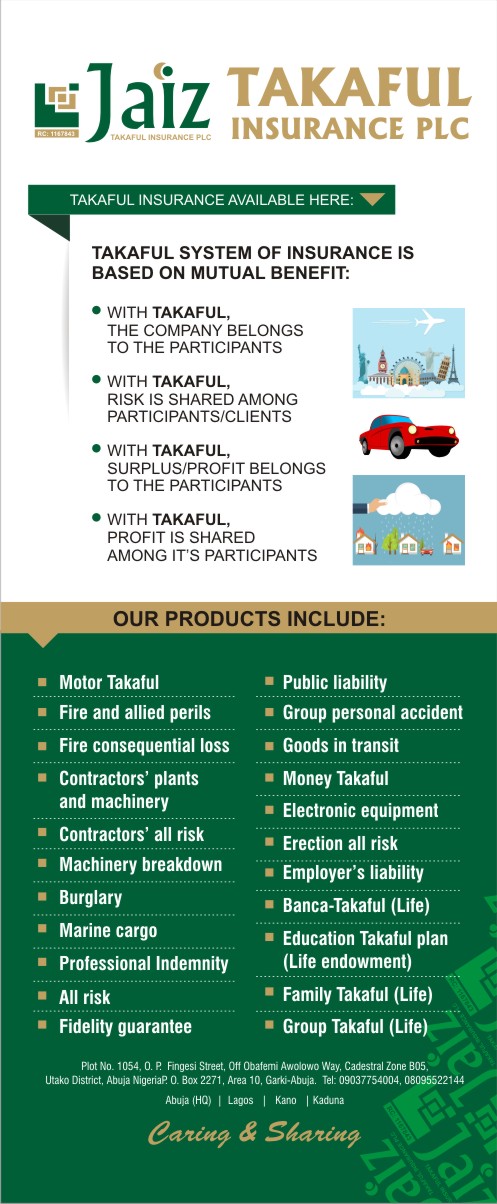
Despite the completion of the Second Niger Bridge connecting Onitsha, Anambra State in the Southeast and Asaba, Delta State in the South-South, there are indications that travellers and commuters would not be able to use the bridge before December as the access road at the Asaba end is yet to be constructed.
For those who had expected to ply the road to connect the ever-busy commercial city of Onitsha during the Christmas and New Year celebrations, that hope is dashed, at least for now, as they still would have to contend with the perennial traffic snarl, which is worse during the Yuletide.
The (First) Niger Bridge, constructed over 60 years ago, has become too narrow for the volume of traffic from Asaba to Onitsha and vice versa. Close to Christmas every year, many passengers and motorists are forced to sleep on the road inward Onitsha due to bottleneck on the bridge, compounded by indiscipline on the part of motorists, especially commercial drivers.
Though the access road/Onitsha-Owerri interchange is virtually completed, the bridge, for now, remains closed to traffic, except vehicles belonging to the contractor, Julius Berger Plc, which convey workers from one end to the other as they put finishing touches on the long-awaited road.
When contacted to know when the bridge would be formally open to the public, the acting Controller of Works, Federal Ministry of Works and Housing, who is the resident engineer for the project, Oluwaseyi Martins, referred The Guardian to the Abuja head office of the ministry. In Abuja, the enquiry was acknowledged, with a response being awaited.
Apart from the fact that the bridge has not been commissioned/inaugurated by President Muhammadu Buhari, as was expected even before now, it was gathered that funds for the second phase of the legacy project, which includes construction of the access road from close to around Asaba Airport in Delta State by Julius Berger Plc, have not been released and is not likely to be released before the end of the year.
More so, with the general elections around the corner attracting the most attention, it was not certain when funds would be released for the project to be completed and open to the public.
The other alternative, reconstruction of the narrow road at Oko, just before the old bridge inward Onitsha, which is narrow and with sharp bends, has not commenced. It is dangerous, as it is, to use the road, considering the volume and size of vehicles expected to ply it as a by-pass.
In March this year, the then Director in the Federal Ministry of Works and Housing and representative engineer for the bridge, Adeyemo Akanji, now retired, told The Guardian that the bridge was 91 per cent complete and the entire project about 83 per cent complete, including the roads and bridges.
He added: “On completion of the bridge, because it is not a stand-alone bridge, the ministry is thinking of doing a temporary connection via an access road around Oko in Delta State, just before the old bridge, to put it to immediate use, linking not just Onitsha, but also Owerri.”
During a visit to that road recently, The Guardian was informed that engineers from Julius Berger, including over ten expatriates, were on ground to undertake mapping of the route and possibly how to align it. But it is uncertain if work on the road would start anytime soon, especially as most construction companies close operations for the year around middle of December.
At the peak of the flooding that ravaged parts of the Southeast and South-South, the road was impassable, as about 90 per cent of it was overtaken by flood on both sides for few weeks.
Some staff of the construction company, who did not want their names mentioned, confirmed it was unlikely that the bridge would be used this season, even though it has been completed, because the access road was yet to be constructed.
It was gathered that the contractor disengaged over 100 casual workers about two months ago as it scaled down work due to non-release of funds for construction of the access road in Delta State end.
Minister of Works and Housing, Mr. Babatunde Fashola, had during a press briefing in September, announced the completion of the bridge, but he was silent on when it would be inaugurated. He had stated: “Our priority is to open the Second Niger Bridge to traffic by December, so that those travelling for the season will do so at ease.”
“The link roads at the Onitsha axis of the bridge have also been completed. Where we are having issues is the link roads at the Asaba axis of the bridge. We are currently sorting issues relating to payment of compensation to affected communities, but, as I speak, engineers are on site working and the sand filling is ongoing.
“We are committed to opening the bridge to traffic by December and I can assure you that, with the level of work done, the set target will be met.”
The Second Niger Bridge was initially billed for completion last February, but was delayed by the COVID-19 lockdown and EndSARS protests, among others.
The project, according to the Chief of Staff to the President, Prof. Ibrahim Gambari, was being funded 100 per cent by the Nigerian government and has cost government about N400billion, in addition to the N10billion committed into the project by the administration of former President Goodluck Jonathan.
Gambari, during an assessment tour of the project on March 9, preparatory to its expected inauguration before the end of the year, accompanied by Fashola, his Labour and Employment counterpart, Dr. Chris Ngige, then managing director of the Nigeria Sovereign Investment Authority (NSIA), Mr. Uche Orji, and other top government functionaries, was assured of the completion date by the Managing Director of Julius Berger Plc, Mr. Lars Richter.
The third-quarter completion time was reaffirmed during another visit by the Minister of Finance and National Planning, Mrs. Zainab Ahmed, about three weeks later.
The main phase of the project is the bridge itself, the other being access roads to connect Asaba, from close to the airport, off the Asaba-Onitsha expressway, with the bridge, as well as from Onitsha, through Obosi-Enugu road, around Kilometer 17.
Contracts for the access roads from around Asaba Airport in Delta State and Obosi to the Onitsha-Enugu expressway in Anambra State on the other side to link the bridge have been awarded to the same contractors handling the bridge- Julius Berger Plc, who are on ground, but does not seem to have not been mobilised.
It is hoped that travelers with no business in Onitsha would save themselves the hassles and traffic of the commercial city by taking the bridge, which is a bypass, when completed and open to the public.
The First Niger Bridge was built in 1965 and has remained the crucial Southwest-Southeast-South-South link over the years. But overage, excessive axle load and immense traffic congestion due to growing economic/commercial activities on the Southeast, Southwest and South-South transport corridor made the construction of the Second Niger Bridge imperative and inevitable.
The groundbreaking ceremony was performed on March 10, 2014 by then President Goodluck Jonathan, signaling the commencement of its construction, which according to the Federal Ministry Works and Housing, was essentially to reduce the strain on the First Niger Bridge, improve traffic flow, the health and security of travellers, as well as create opportunities for the host communities and other Nigerians to improve their socio-economic activities.
The 1.6-kilometre Second Niger Bridge, which is part of the 11.9-kilometre entire project, located 1.7 kilometres downstream of the first bridge on a new alignment, consists of two end spans of 40.25 metres and 40 metres, respectively, 16 equal intermediate spans of five metres each and two intermediate span of 90 metres each, as well as three navigational spans of 150 metres each.
The total width of the dual carriage bridge is 30.I metres, comprising 12.25 metres wide three-lane carriage, with 0.9-metre shoulder in each direction and 3.6 metres central reserve.
The entire project entails the demolition of existing flyover and construction of a new cloverleaf interchange over the Onitsha-Owerri expressway; construction of the 3.3-kilometre approach road on the Asaba side and 7-kilometre approach road on the Onitsha side of the main bridge, with a toll plaza, consisting of eight lanes in each direction.







